Types of Boats
This project explores three types of boat models—Paddle Wheel Boat, Regular Boat, and Airboat—demonstrating different propulsion methods. The Paddle Wheel Boat uses rotating paddles for movement, the Regular Boat can be rowed or powered by wind (sails), and the Airboat relies on a fan to push air and create thrust. Each model showcases unique engineering principles, helping students understand water displacement, thrust, and boat functionality, making it an engaging project for science and engineering studies.
5 in stock
Types of Boats
Project Description:
This project allows students to explore the basic types of boats and their propulsion mechanisms by creating working models of a Paddle Wheel Boat, Regular Boat, and Airboat. Each model represents a different way of moving across water, showcasing unique principles of physics and engineering. These models are ideal for understanding how boat design affects movement, speed, and functionality on different water surfaces.
- Paddle Wheel Boat
Description:
A Paddle Wheel Boat uses a rotating paddle wheel to propel it forward. The paddles move in a circular motion, pushing against the water to create forward thrust. This type of propulsion was commonly used in historical riverboats.
How It Works:
- Paddle Wheel Mechanism: A motor or hand-cranked mechanism rotates the paddle wheel.
- Water Displacement: As each paddle enters and exits the water, it pushes against it, moving the boat forward.
Materials Needed:
- Small motor or crank, paddle wheel (plastic or DIY), lightweight boat body (foam or plastic), and connecting wires (for motorized versions).
- Regular Boat (Rowboat or Sailboat)
Description:
A Regular Boat can include rowboats that are manually rowed or sailboats that use wind power. This model demonstrates simple water displacement, where movement is created by rowing or wind force acting on sails.
How It Works:
- Rowboat (Paddle-Powered): By manually rowing, paddles push against the water, creating forward motion.
- Sailboat (Wind-Powered): A sail captures the wind, and the boat moves forward based on the wind’s direction and force.
Materials Needed:
- Small oars or sails, lightweight boat body, and basic materials to mount the sail or oars.
- Airboat
Description:
An Airboat uses a large fan at the back for propulsion. The fan pushes air behind the boat, creating forward movement. Airboats are commonly used in shallow or marshy waters where propellers or paddles could get tangled.
How It Works:
- Fan Propulsion: A small motor turns a fan, which blows air backward, generating forward thrust.
- Directional Control: Steering can be achieved by placing a rudder behind the fan or adjusting the fan’s direction.
Materials Needed:
- Small motor, propeller or fan, lightweight boat body, battery, and connecting wires.
Educational Value: This project helps students understand the different types of boat propulsion systems and how they interact with water and air to create movement. It demonstrates principles like thrust, drag, water displacement, and the impact of different environments on boat functionality, making it an excellent project for physics and engineering concepts related to transportation.
| Weight | 0.4 kg |
|---|---|
| Dimensions | 26 × 26 × 14 cm |
You must be logged in to post a review.
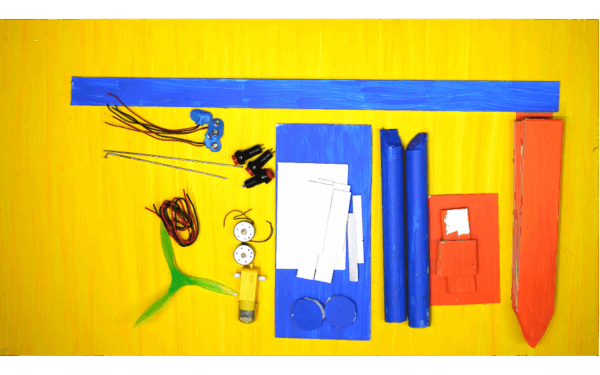
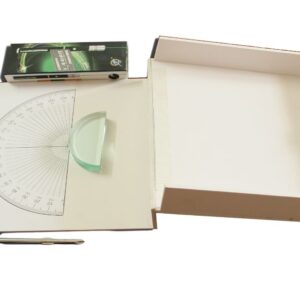
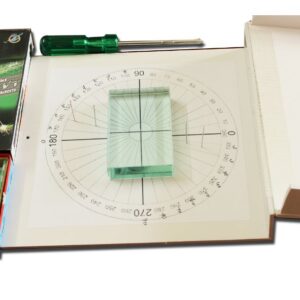
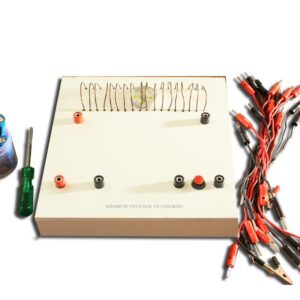
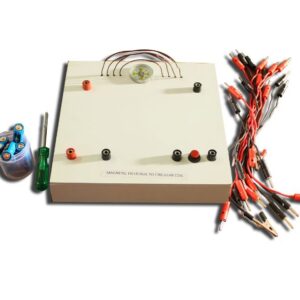
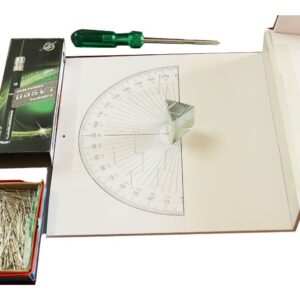
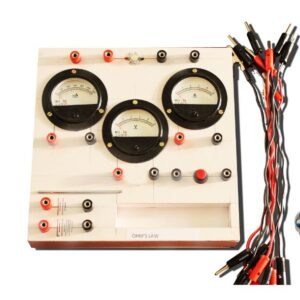
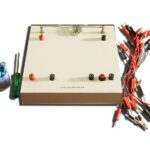
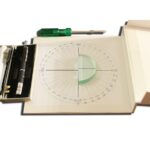
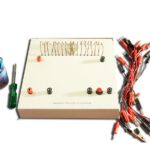
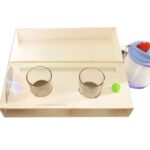
Reviews
There are no reviews yet